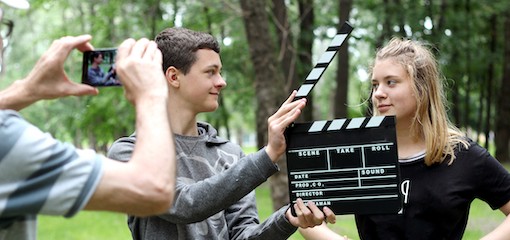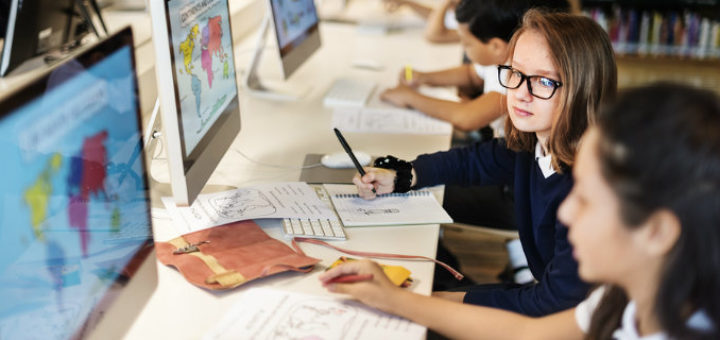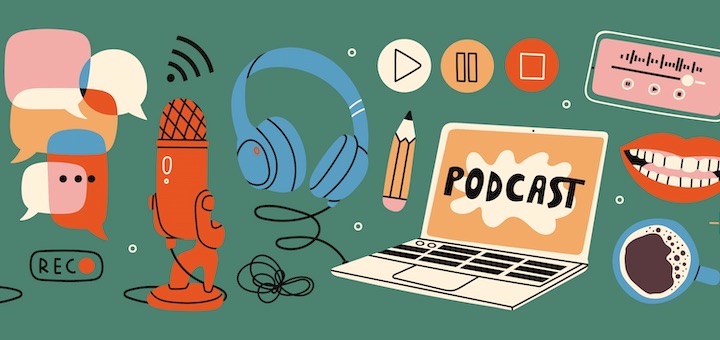Tagged: digital literacy series
Watching a movie in class doesn’t have to be passive, says Jason DeHart. Teachers can engage students in a critical process of “reading” film and also responding as readers by creating video products. It’s time to broaden literacy education to meet students where they are.
In his fourth post in a series exploring ways that digital literacy impacts teaching and learning in the middle grades, Jason DeHart considers a wide range of digital texts (including music, visuals, film, video) and notes changing trends in engagement among his students.
Classrooms that teach a broad range of close reading skills are not only rich with texts but host a wide range of types of texts, from traditional to digital to hyperlinked to hybrid, writes ELA teacher Jason DeHart. Critical student thinking needs to occur in all these spaces.
Middle schoolers encounter and process information in ever-changing ways, writes teacher Jason DeHart, who uses podcasting opportunities in his ELA classroom to teach fluency, explore genre, and engage with authors and authentic audiences. Learn about his six-step strategy.
“I want to recognize that my students are, in fact, highly literate human beings whose understanding of literacy has been shaped by an age of screens and digital interactions,” writes ELA teacher Jason DeHart. The question becomes, how do we change to meet them where they are?




















